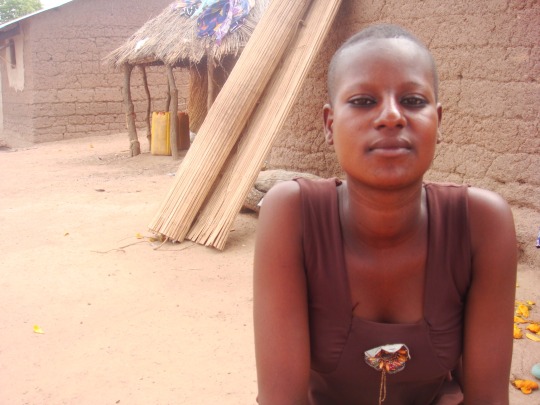#benin
Text
From Africa, With Love
We are dedicated to sharing the vibrant and multifaceted essence of Africa. Through our carefully curated media, we aim to show the intricacies of our African cultures, the resilience of our people, and the innovative initiatives shaping our future.
1K notes
·
View notes
Text


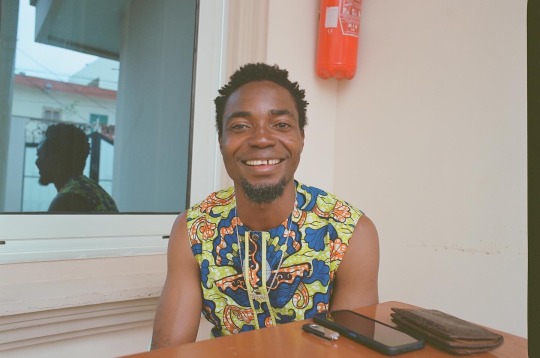



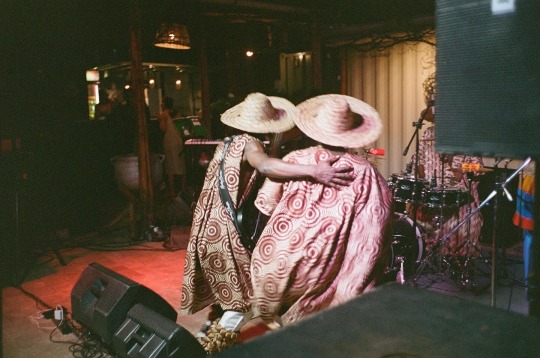


Benin Dreams, 2023
#black art#rj eldridge#doc#benin#west africa#film#35mm#photography#reginald eldridge jr#reginald eldridge
406 notes
·
View notes
Text

by visualsbyponzio
391 notes
·
View notes
Text
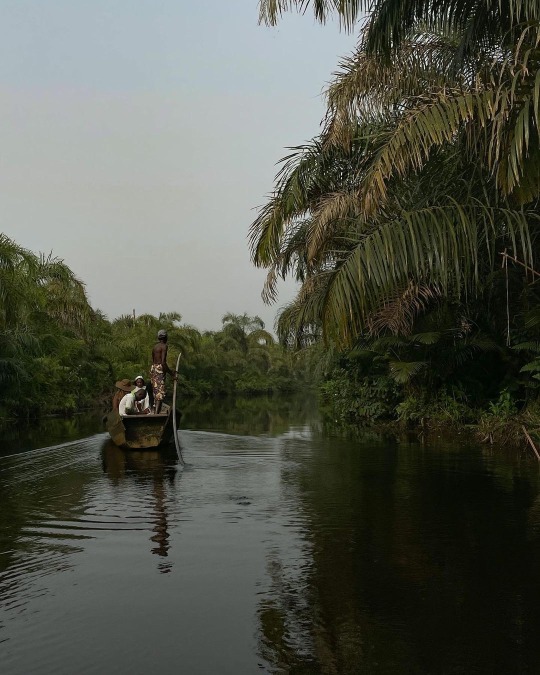

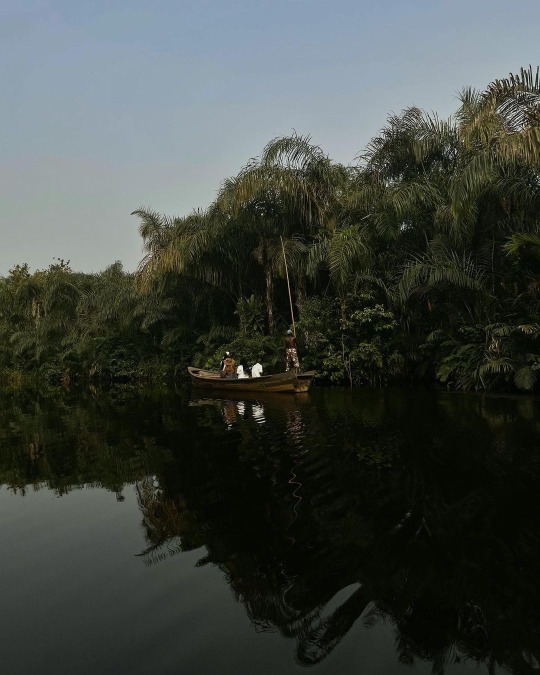

Seen in Adjarra, Benin by Marie-Celine aka Ahou
1K notes
·
View notes
Text

David Driskell (American, 1931) - Self Portrait of Beni ("I Dream Again of Benin") (1974)
161 notes
·
View notes
Text


Afro-Jamaicans are Jamaicans of predominant African descent. They represent the largest ethnic group in the country.
The ethnogenesis of the African Jamaican people stemmed from the Atlantic slave trade of the 16th century, when enslaved Africans were transported as slaves to Jamaica and other parts of the Americas. During the period of British rule, slaves brought into Jamaica were primarily Akan, some of whom ran away and joined with Maroons and even took over as leaders
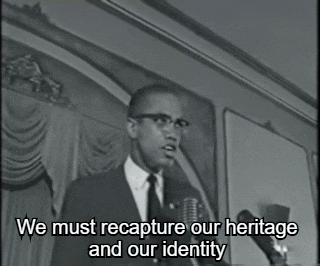
West Africans were enslaved in wars with other West African states and kidnapped by either African or European slavers. The most common means of enslaving an African was through abduction.

Based on slave ship records, enslaved Africans mostly came from the Akan people (notably those of the Asante Kotoko alliance of the 1720's: Asante, Bono, Wassa, Nzema and Ahanta) followed by Kongo people, Fon people, Ewe people, and to a lesser degree: Yoruba, Ibibio people and Igbo people. Akan (then called Coromantee) culture was the dominant African culture in Jamaica.
Originally in earlier British colonization, the island before the 1750s was in fact mainly Akan imported. However, between 1663 and 1700, only six per cent of slave ships to Jamaica listed their origin as the Gold Coast, while between 1700 and 1720 that figure went up to 27 per cent. The number of Akan slaves arriving in Jamaica from Kormantin ports only increased in the early 18th century. But due to frequent rebellions from the then known "Coromantee" that often joined the slave rebellion group known as the Jamaican Maroons, other groups were sent to Jamaica. The Akan population was still maintained, since they were the preference of British planters in Jamaica because they were "better workers", according to these planters. According to the Slave Voyages Archives, though the Igbo had the highest importation numbers, they were only imported to Montego Bay and St. Ann's Bay ports, while the Akan (mainly Gold Coast) were more dispersed across the island and were a majority imported to seven of 14 of the island's ports (each parish has one port).

Myal and Revival
Kumfu (from the word Akom the name of the Akan spiritual system) was documented as Myal and originally only found in books, while the term Kumfu is still used by Jamaican Maroons. The priest of Kumfu was called a Kumfu-man. In 18th-century Jamaica, only Akan gods were worshipped by Akan as well as by other enslaved Africans. The Akan god of creation, Nyankopong was given praise but not worshipped directly. They poured libation to Asase Ya, the goddess of the earth. But nowadays they are only observed by the Maroons who preserved a lot of the culture of 1700s Jamaica.
"Myal" or Kumfu evolved into Revival, a syncretic Christian sect. Kumfu followers gravitated to the American Revival of 1800 Seventh Day Adventist movement because it observed Saturday as god's day of rest. This was a shared aboriginal belief of the Akan people as this too was the day that the Akan god, Nyame, rested after creating the earth. Jamaicans that were aware of their Ashanti past while wanting to keep hidden, mixed their Kumfu spirituality with the American Adventists to create Jamaican Revival in 1860. Revival has two sects: 60 order (or Zion Revival, the order of the heavens) and 61 order (or Pocomania, the order of the earth). 60 order worships God and spirits of air or the heavens on a Saturday and considers itself to be the more "clean" sect. 61 order more deals with spirits of the earth. This division of Kumfu clearly shows the dichotomy of Nyame and Asase Yaa's relationship, Nyame representing air and has his 60 order'; Asase Yaa having her 61 order of the earth. Also the Ashanti funerary/war colours: red and black have the same meaning in Revival of vengeance. Other Ashanti elements include the use of swords and rings as means to guard the spirit from spiritual attack. The Asantehene, like the Mother Woman of Revival, has special two swords used to protect himself from witchcraft called an Akrafena or soul sword and a Bosomfena or spirit sword

Jamaican Patois, known locally as Patwa, is an English creole language spoken primarily in Jamaica and the Jamaican diaspora. It is not to be confused with Jamaican English nor with the Rastafarian use of English. The language developed in the 17th century, when enslaved peoples from West and Central Africa blended their dialect and terms with the learned vernacular and dialectal forms of English spoken: British Englishes (including significant exposure to Scottish English) and Hiberno English. Jamaican Patwa is a post-creole speech continuum (a linguistic continuum) meaning that the variety of the language closest to the lexifier language (the acrolect) cannot be distinguished systematically from intermediate varieties (collectively referred to as the mesolect) nor even from the most divergent rural varieties (collectively referred to as the basilect). Jamaicans themselves usually refer to their use of English as patwa, a term without a precise linguistic definition.
Jamaican Patois contains many loanwords of African origin, a majority of those etymologically from Gold Coast region (particularly of the Asante-Twi dialect of the Akan language of Ghana).
Most Jamaican proverbs are of Asante people, while some included other African proverbs

Jamaican mtDNA
A DNA test study submitted to BMC Medicine in 2012 states that "....despite the historical evidence that an overwhelming majority of slaves were sent from the Bight of Biafra and West-central Africa near the end of the British slave trade, the mtDNA haplogroup profile of modern Jamaicans show a greater affinity with groups found in the present-day Gold Coast region Ghana....this is because Africans arriving from the Gold Coast may have thus found the acclimatization and acculturation process less stressful because of cultural and linguistic commonalities, leading ultimately to a greater chance of survivorship and a greater number of progeny."
More detailed results stated: "Using haplogroup distributions to calculate parental population contribution, the largest admixture coefficient was associated with the Gold Coast(0.477 ± 0.12 or 59.7% of the Jamaican population with a 2.7 chance of Pygmy and Sahelian mixture), suggesting that the people from this region may have been consistently prolific throughout the slave era on Jamaica. The diminutive admixture coefficients associated with the Bight of Biafra and West-central Africa (0.064 ± 0.05 and 0.089 ± 0.05, respectively) is striking considering the massive influx of individuals from these areas in the waning years of the British Slave trade. When excluding the pygmy groups, the contribution from the Bight of Biafra and West-central rise to their highest levels (0.095 ± 0.08 and 0.109 ± 0.06, respectively), though still far from a major contribution. When admixture coefficients were calculated by assessing shared haplotypes, the Gold Coast also had the largest contribution, though much less striking at 0.196, with a 95% confidence interval of 0.189 to 0.203. When haplotypes are allowed to differ by one base pair, the Jamaican matriline shows the greatest affinity with the Bight of Benin, though both Bight of Biafra and West-central Africa remain underrepresented. The results of the admixture analysis suggest the mtDNA haplogroup profile distribution of Jamaica more closely resembles that of aggregated populations from the modern-day Gold Coast region despite an increasing influx of individuals from both the Bight of Biafra and West-central Africa during the final years of trading enslaved Africans.
The aforementioned results apply to subjects whom have been tested. Results also stated that African Jamaicans (that make up more than 90% of the population) on an average have 97.5% of African MtDNA and very little European or Asian ancestry could be found. Both ethnic and racial genetic results are based on a low sample of 390 Jamaican persons and limited regional representation within Jamaica. As Afro-Jamaicans are not genetically homogeneous, the results for other subjects may yield different results.

#african#afrakan#kemetic dreams#africans#brownskin#brown skin#afrakans#african culture#afrakan spirituality#asante#jamaican#benin#bight of biafra#gold coast#mtdna#afro jamaicans#twi#west africa#africa#algeria#uganda#ethiopia#ghana#myal#rastafari#rasta#rastaman#rasta love#kisumi amau#tegan and sara
86 notes
·
View notes
Text

Today is Independence Day in Benin, so we'd like to share a little piece of Beninese history with you!
The people is this photo are Agojie - often called Dahomey Amazons by Europeans.
The Agojie were regiments of soldiers who served in the army of Dahomey - now Benin - in West Africa in the 18th and 19th centuries. Numbering around 8000 at their height in the 1840, they were renowned for their fearlessness in battle, and considered the backbone of the Dahomean army.
The Agojie were all assigned female at birth but they expressed their gender in a variety of ways. Some renounced womanhood, and identified themselves as men. At other times, the group embraced womanhood in their war songs, comparing themselves to lionesses, and linking womanhood to their superiority over male regiments.
Learn more
[Image: photo of a group of Agojie, some pose with weapons including guns and large knives]
#benin#beninese history#queer history#agojie#african history#black history#lgbt history#lgbtq#queer#benin independence day
207 notes
·
View notes
Text
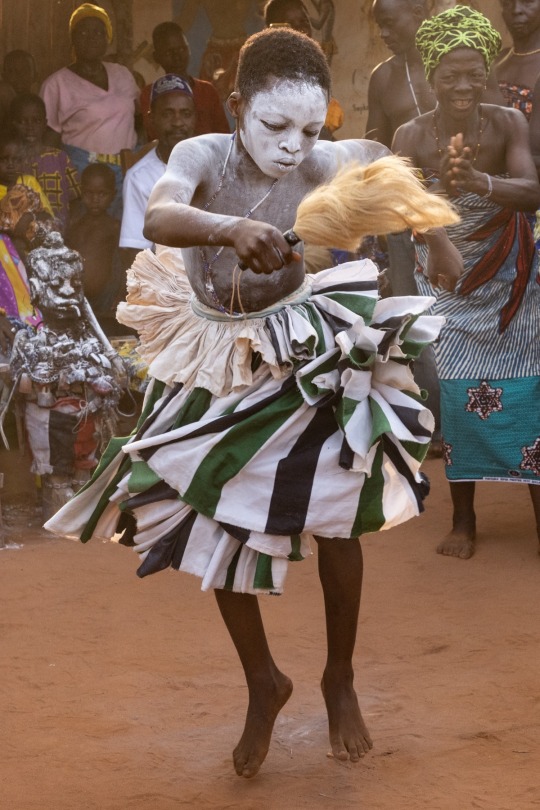
Voodoo dancer, Benin, by Inger Vandyke
#voodoo#benin#beninese#africa#western africa#traditional clothing#traditional fashion#cultural clothing#folk clothing
461 notes
·
View notes
Text

▪︎ Commemorative Head (Uhunmwun Elao) Portraying a King.
Culture: Edo
Place of origin: Kingdom of Benin (ca . 1000–1897)
Date: 17th century
Medium: Copper alloy
#17th century#art#history#decorative arts#history of art#17th century art#ethnic#benin#Kingdom of Benin#edo#african#africa#Uhunm#Uhunmwum Elao#king#commemorative head
118 notes
·
View notes
Text
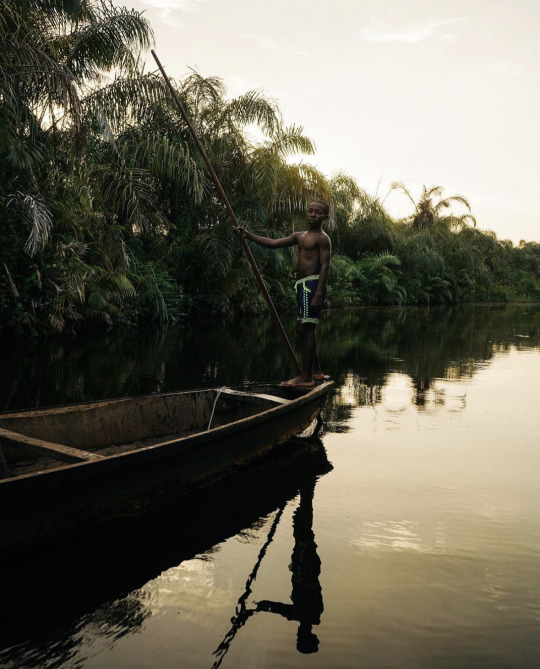
A young boy sailing across La Rivière Noire (The Black River) in Adjarra, Benin
Photographed by Nybé Ponzio [@visualsbyponzio]
146 notes
·
View notes
Text

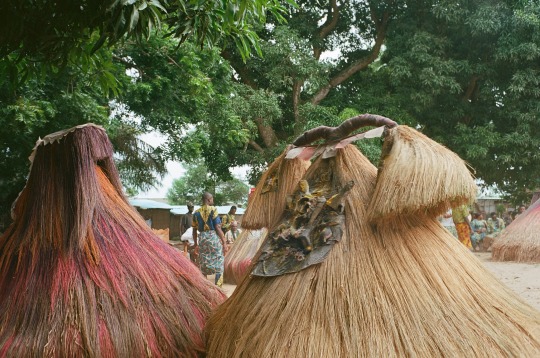

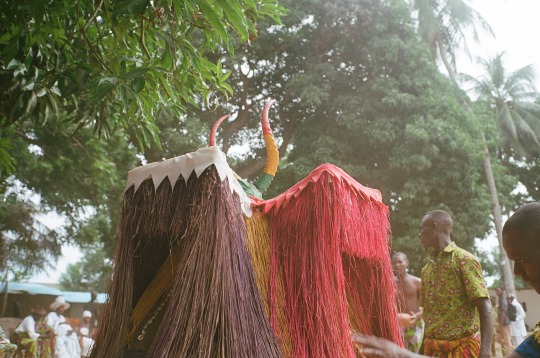
Zangbéto, 2023
365 notes
·
View notes
Text
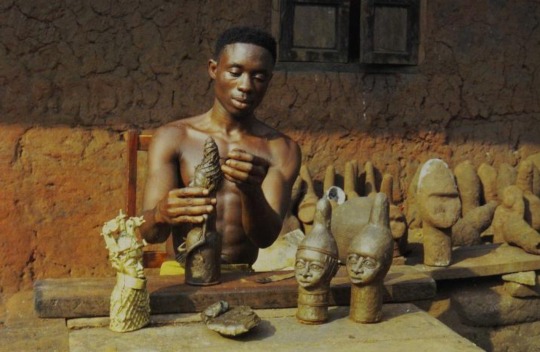
“Bini bronze caster modelling wax over clay core, Benin City, Nigeria, 1971.
Photograph by Elior Elisofon, national Museum of African Art, Elior Elisofon Photographic Archives, Smithsonian Institution”
From: “Benin: royal art of Africa from the museum für Völkerkunde Vienna” by Duchâteau, Armand; 1994.
75 notes
·
View notes
Text
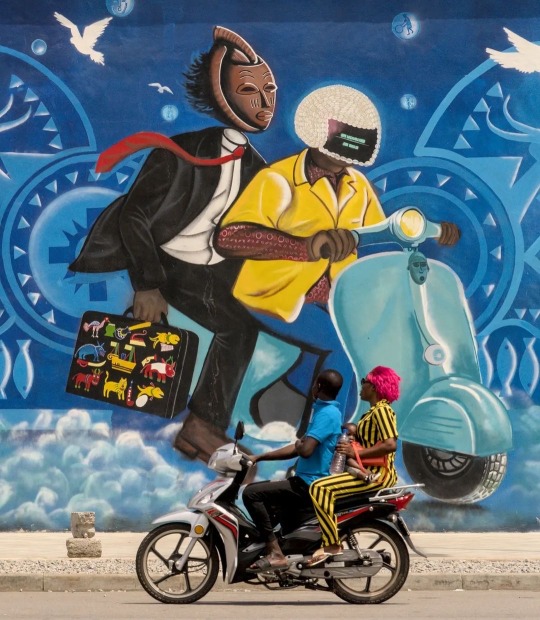
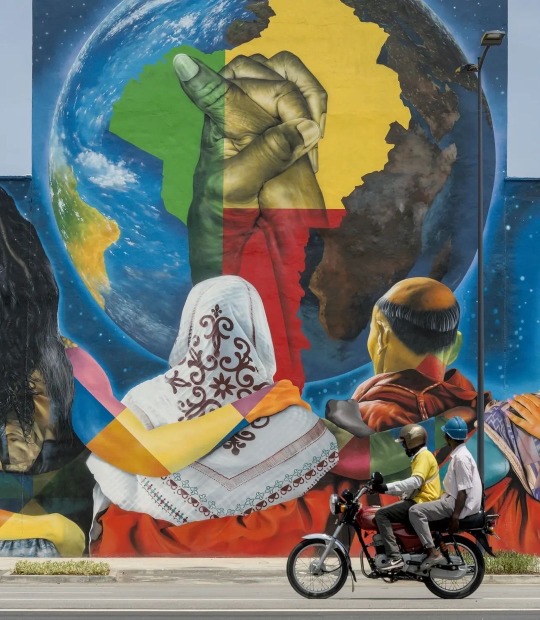


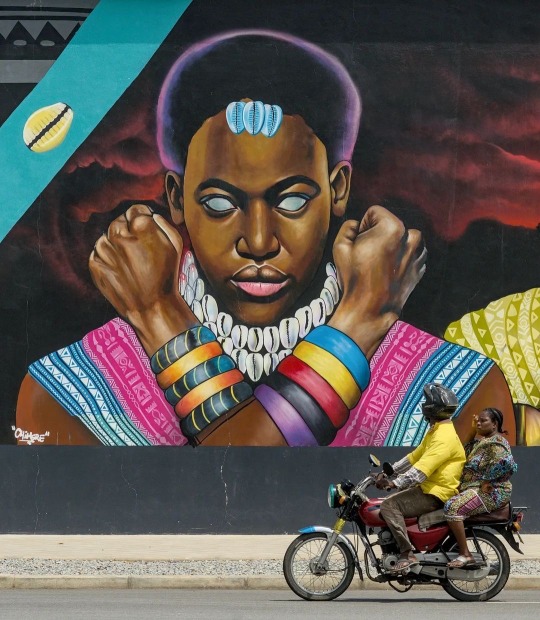
Seen in Cotonou, Benin by Nils Kaiser
249 notes
·
View notes
Text

#meme#memes#shitpost#shitposting#satire#fact#facts#history#africa#benin#dark humor#british empire#i don't like them but this is true#nigeria#irony#reminder#history memes
18 notes
·
View notes
Photo

THE ANCIENT GREAT BENIN EMPIRE
The Benin Kingdom was a flourishing ancient city situated in modern day Nigeria. During pre colonial era, Benin was one of the many highly developed cultures in Africa. This kingdom got its start up around 900 CE when Edo people settled in the tropical rainforest of West Africa.
The walls of Benin City and its surrounding kingdom was the world’s largest earthworks carried out prior to the mechanical era, and was featured in the Genius Book Of Word Record. Benin City was also one of the first cities to have a semblance of street lighting. Huge metal lamps, many feet high, were built and placed around the city, especially near the king’s palace. Fuelled by palm oil, their burning wicks were lit at night to provide illumination for traffic to and from the palace. When the Portuguese first visited the city in 1485, they were stunned to find this vast kingdom made of hundreds of interlocked cities and villages, calling it "Great city of Benin".
367 notes
·
View notes
